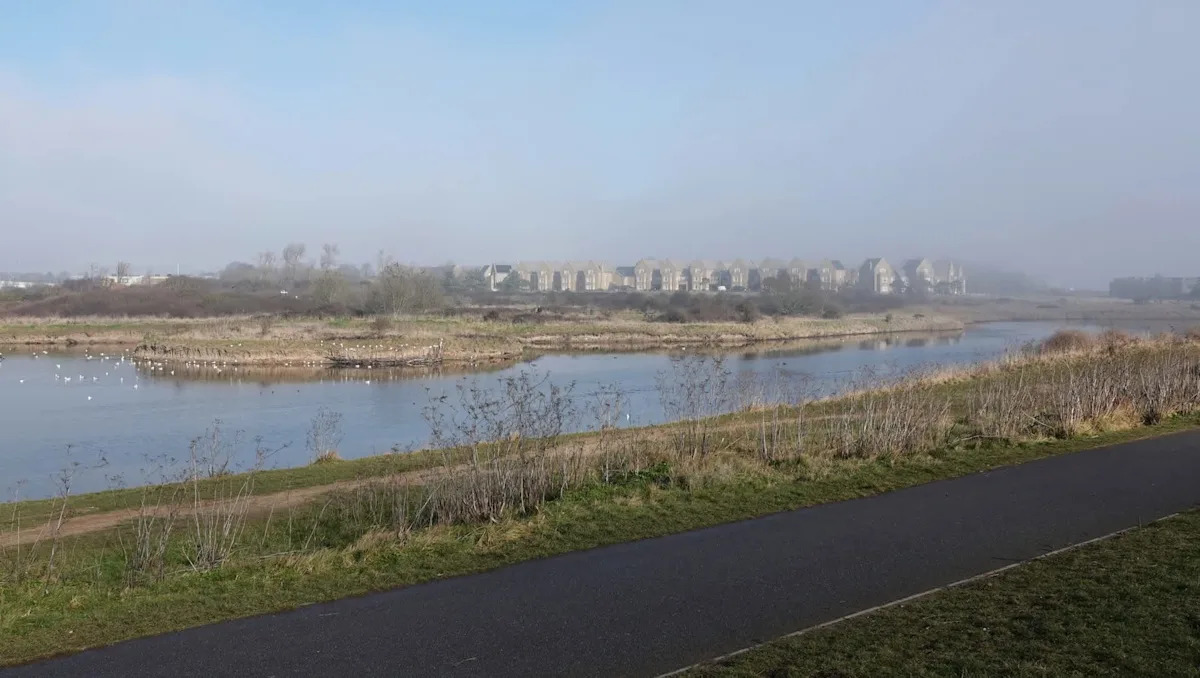Home / Environment / Rare Birds Flock to Essex Nature Reserve, Delighting Visitors
Rare Birds Flock to Essex Nature Reserve, Delighting Visitors
11 Nov
Summary
- Redstart and spotted flycatcher spotted at Gunners Park and Shoebury Ranges Nature Reserve
- Rare sightings for the area, as these birds don't usually stay past August/September
- Local photographer captures images of the tiny birds

In the Gunners Park and Shoebury Ranges Nature Reserve in southern Essex, birdwatchers have been delighted by the recent arrival of two rare avian visitors. According to the Essex Wildlife Trust, a redstart and a spotted flycatcher, both considered uncommon in the region, have been spotted at the nature reserve.
These migratory birds typically depart the area by August or September, but their presence this late in the year is a remarkable sight. Local photographer Peter Dolphin managed to capture stunning images of the tiny birds, each measuring less than six inches in length, which the Essex Wildlife Trust later shared on social media.
The Trust's spokesperson reported that the reserve is "absolutely full of birds at the moment with a lot of interesting passenger migrants," highlighting the importance of these natural habitats in supporting diverse birdlife. As habitat destruction continues to threaten many species, the conservation efforts of organizations like the Essex Wildlife Trust play a crucial role in protecting and nurturing the remaining natural areas, ensuring the well-being of both animal and human communities.




